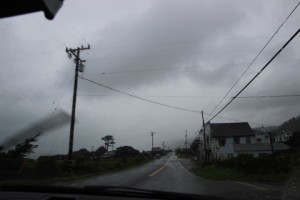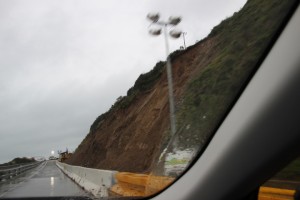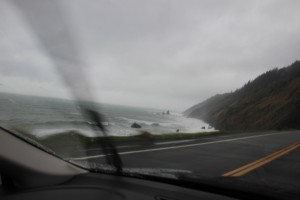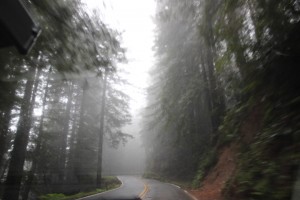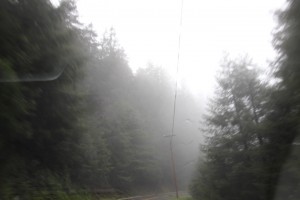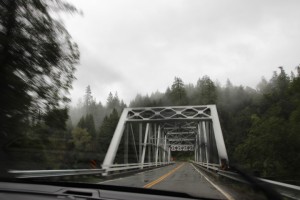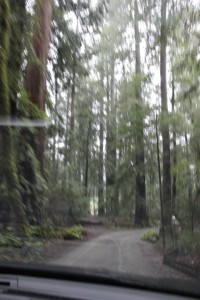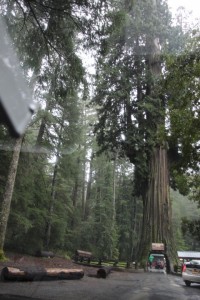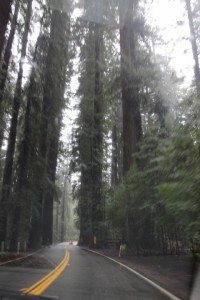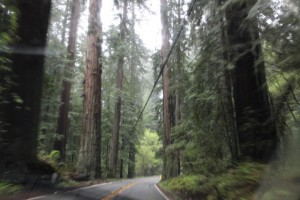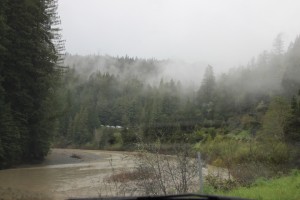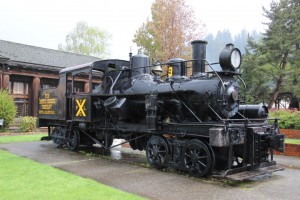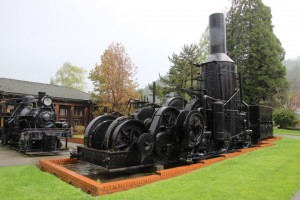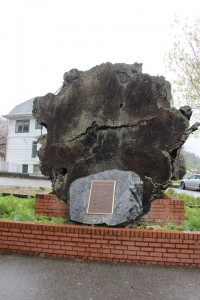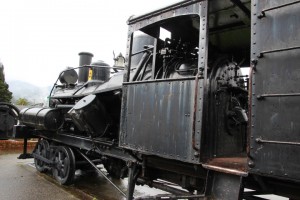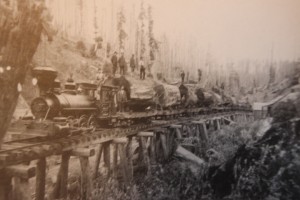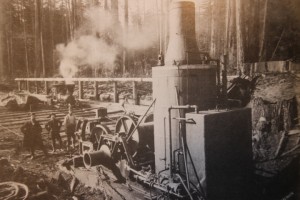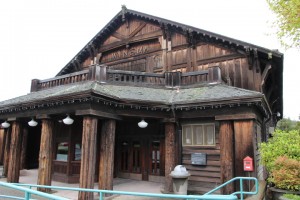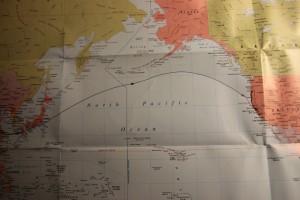Monday 21st March
Today broke stormy, with sudden squalls and torrential rain with mist two thirds of the way down the trees. We followed Highway 1 as it twisted over a very narrow stretch, up and down the rugged coastal mountains and along the old logging railway route called The Ten Mile Haul Road. After more than an hour of driving and for not many miles we arrived at Leggett.
This is the start of a historic section of US Highway 101 through the redwood county of Humboldt. Most of this route is called ‘The Avenue of the Giants’ and is lined by massive trees which simply tower over the road. There are en route souvenir stalls selling everything and anything related to the redwood and even the legend of the so-called Big Foot. The trees seem to be the big event here and none more so than Leggett’s ‘original’ Drive -Thru Tree which at 315 foot in height and has a 6ft 9in high tunnel cut through it in the 1930s. Pull in the wing mirrors on a modern vehicle.
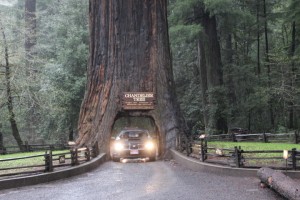
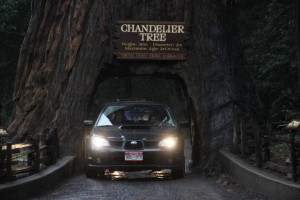
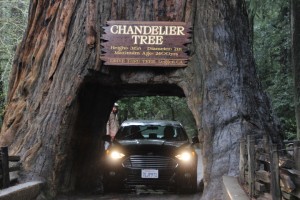
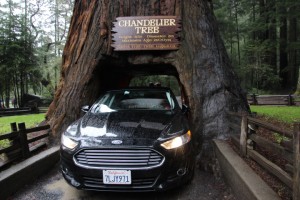
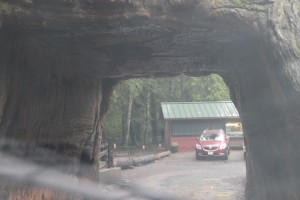 We travelled along the old Highway 1 along the Avenue of the Giants for 31 miles before calling in at Scotia which was a town founded by the Pacific Lumber Company which for most of the 20th century owned and operated everything in this little community. Some lumber mills are still there but most of the lumber milling equipment is now part of the museum.
We travelled along the old Highway 1 along the Avenue of the Giants for 31 miles before calling in at Scotia which was a town founded by the Pacific Lumber Company which for most of the 20th century owned and operated everything in this little community. Some lumber mills are still there but most of the lumber milling equipment is now part of the museum.
Shortly we arrived alongside the Pacific at Humboldt Bay. A detour at the southern end of the bay saw us in Ferndale which is a 19th century dairy farming community made to look like a Victorian middle American city.
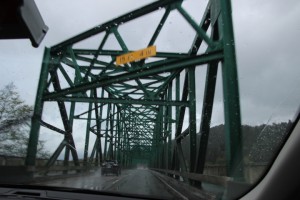
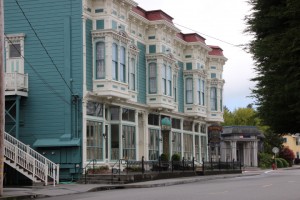
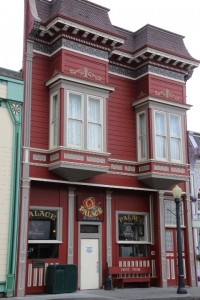
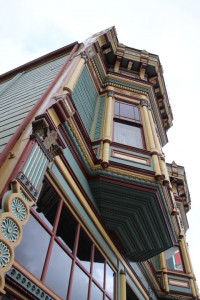
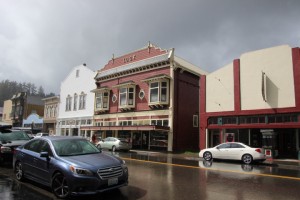
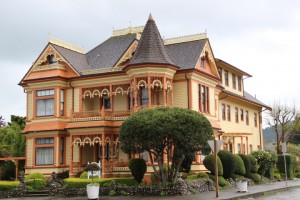
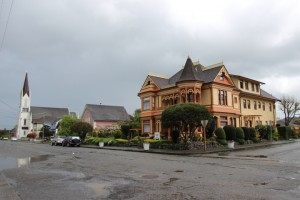 We stopped for the day in Eureka which before the 1850s was a fur trapping and trading town. However, on the back of the Californian gold rush immigrants and locals found that the lumber from the forests and whales and fish from the ocean were elements to make the town prosperous. The town became a rail and water transfer port where trees and bark from the forests inland where brought here either for processing or for export along the Pacific coast by train and ship.
We stopped for the day in Eureka which before the 1850s was a fur trapping and trading town. However, on the back of the Californian gold rush immigrants and locals found that the lumber from the forests and whales and fish from the ocean were elements to make the town prosperous. The town became a rail and water transfer port where trees and bark from the forests inland where brought here either for processing or for export along the Pacific coast by train and ship.
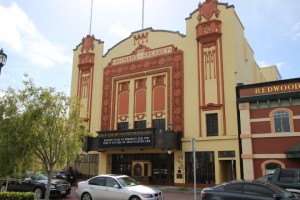
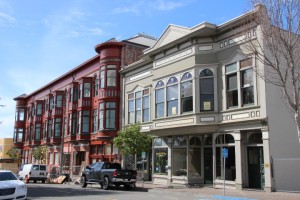
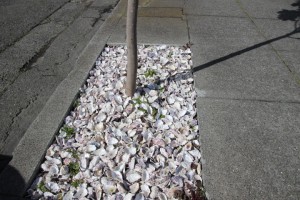
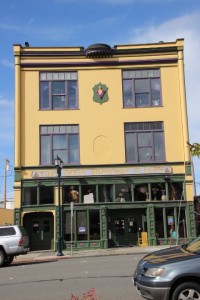
The remains of the lumber industry are still here today though only as decaying wharves, railway lines, launching slips and lumber yards.
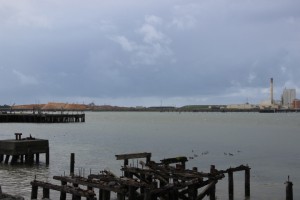
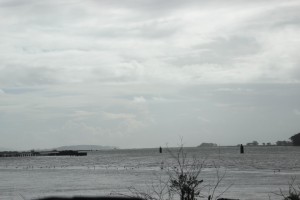

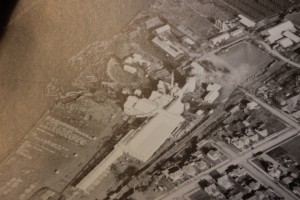

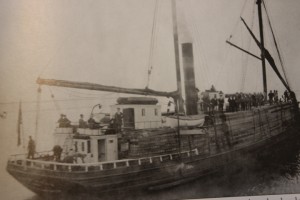
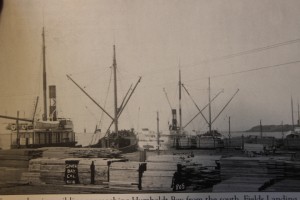
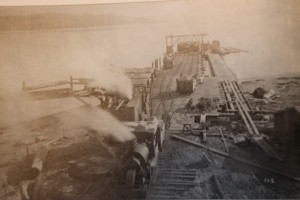 We are in a room larger than a stage set and a member of the team has found a way to relax! If only he could get out!!!!
We are in a room larger than a stage set and a member of the team has found a way to relax! If only he could get out!!!!
This is our journey since China.
